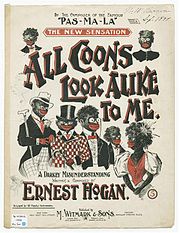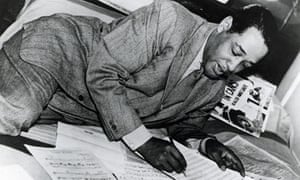Introduction to JAZZ
Jazz is considered the pinnacle of African American music in the 20th century and is distinguished by its originality in improvisation and virtuosity, its erudition of its performers and composers, and its professionalism and artistry. Instrumental performance has been the most prestigious and influential aspect of jazz music, unlike most other black music genres where vocal performance is usually the most influential aspect.
Origin of JAZZ
New Orleans and Chicago both played huge roles in the origin of jazz. In New Orleans, there was a tripartite division of social spheres that were made up of White, Black, and Creole. Up until 1894, Creoles had been treated as a separate social sphere distinct from English-speaking African Americans. But, New Orleans passed the legislation that reclassified Creoles as Black, which was how jazz became known as the meeting of the uptown African-American brass and string brand tradition of blues-drenched, aurally transmitted music, and the downtown Creole band tradition of instrumental virtuosity, music literacy, and training in classical music. Chicago was the primary destination for New Orleans musicians during and after World War I. As a result of that, Chicago was also the place where most of the New Orleans jazz music was made.
Elements of JAZZ
Coon Song: Coon song was a popular song style of the late nineteenth and early twentieth centuries that presented a stereotyped view of African Americans, often performed by White singers in

Creole: In Southwest Louisiana, a Creole historically was a person who was of mixed French and African descent.
Jungle Sound: Jungle sound was a term referencing Africa that was associated with unique instrumental timbres typical of Duke Ellington arrangements in the 1920s and 1930s.
Swing Music: Swing was a big band jazz style developed in the 1930s that emphasized horn riffs and a rhythmic drive derived from the boogie-woogie bass line.
Bebop: Bebop was a combo jazz improvised style evolved from big band swing in the 1940s, characterized by exceedingly fast tempos, with improvisational lines based on the harmonic structure rather than on the melody.
JAZZ’s Influences:
Jazz has influenced many of the popular genres today including hip hop, rock, funk, blues, ragtime, etc.
Many artists have sampled jazz songs. A common example of a popular jazz song that artists like to sample is Nina Simone’s “I’m Feeling Good”.
https://www.youtube.com/watch?v=D5Y11hwjMNs
Social Implications and Commodification:
Since Jazz was so heavy on improvisation, that inspired many people to want to join in and try to be a part of the dance and the sound of jazz. As a result of that, white people started to create their own versions.





